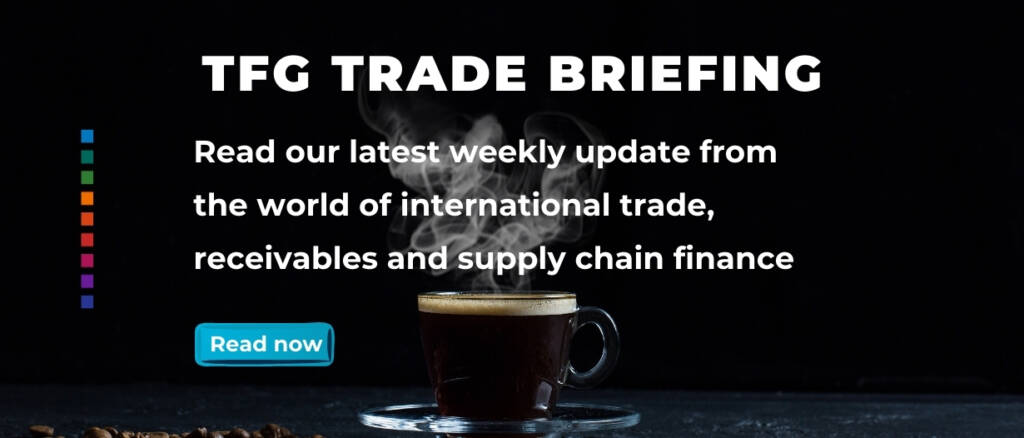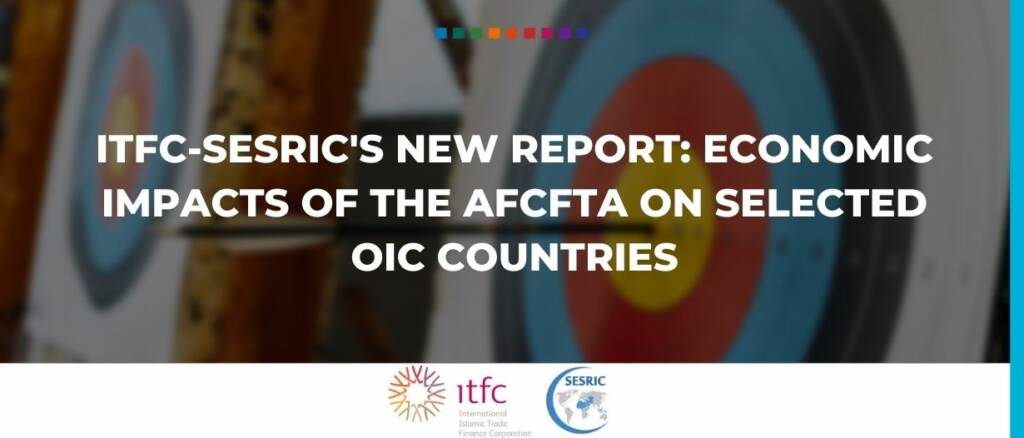In Central Asia and Caucasus, the potential annual market for SCF is relatively large, up to $18 billion in the medium term. However, few countries in this region use any form of SCF, and in some, the concept is barely known.
In Central Asia and Caucasus, the potential annual market for SCF is relatively large, up to $18 billion in the medium term. However, few countries in this region use any form of SCF, and in some, the concept is barely known.
Your Monday morning coffee briefing from TFG: Is SME trade finance viable? A European outlook
In a bid to curb declining forex outflows, the State Bank of Pakistan (SBP) introduces exchange controls and limited imports. What will this mean for trade and exports? The SBP… read more →
ITFC and SESRIC’s report focused on selected OIC countries, exploring the importance of creating regional value chains and support smart infrastructure investment projects to improve connectivity, the facilitation of investments… read more →
City Bank has become the first Bangladeshi bank to execute a cross-border Letter of Credit (LC) transaction under a Shariah-based financing arrangement executed using blockchain technology.
In 2012, Asian Development Bank’s Trade Finance Program (TFP) commissioned a unique study, the first of its kind, to understand and quantify the unmet demand for trade finance, known as the global trade finance gap. Over the years, TFP has updated this study to quantify and inform policymakers and market participants about the main drivers for this persistent trade finance gap.




















